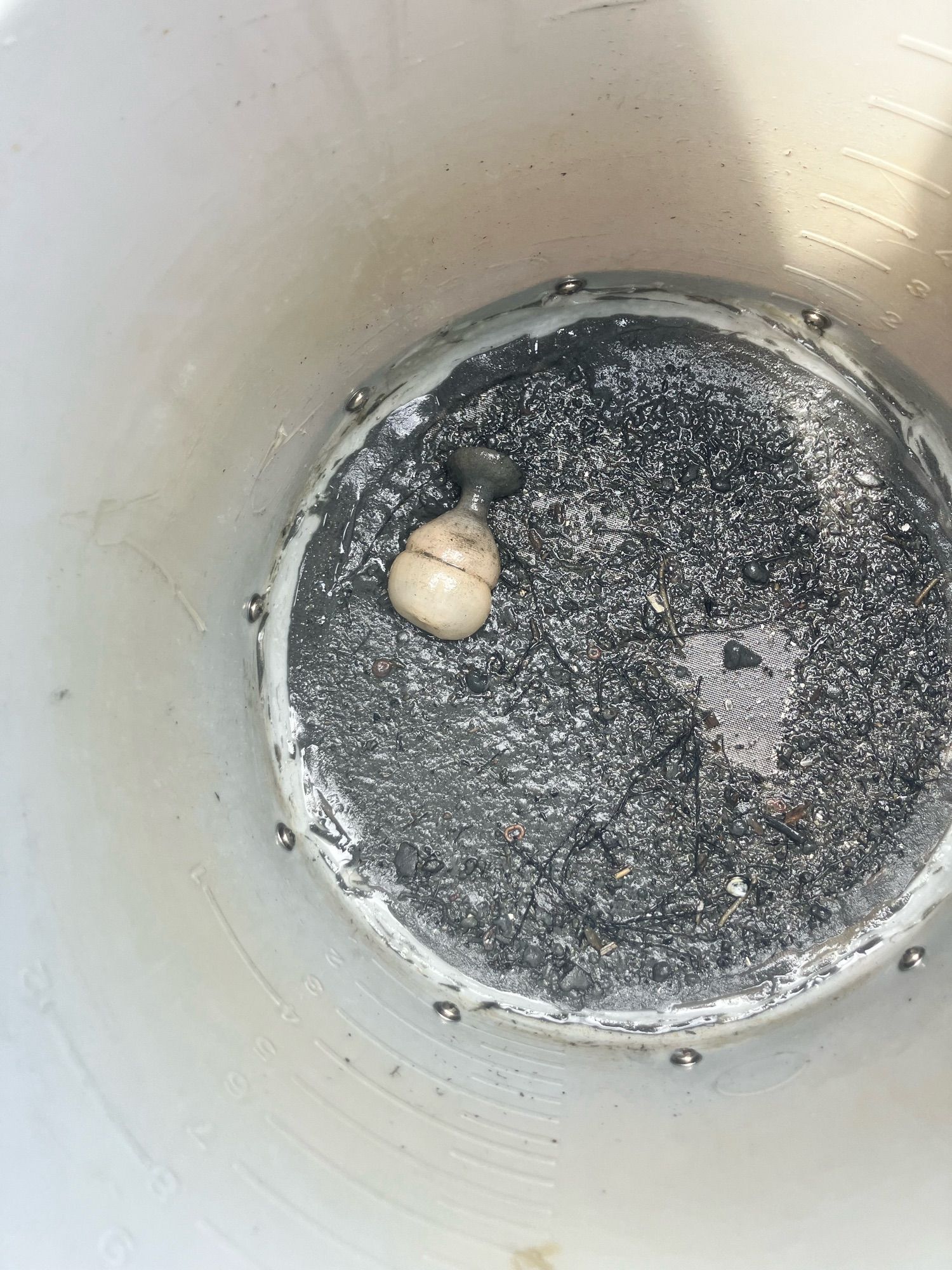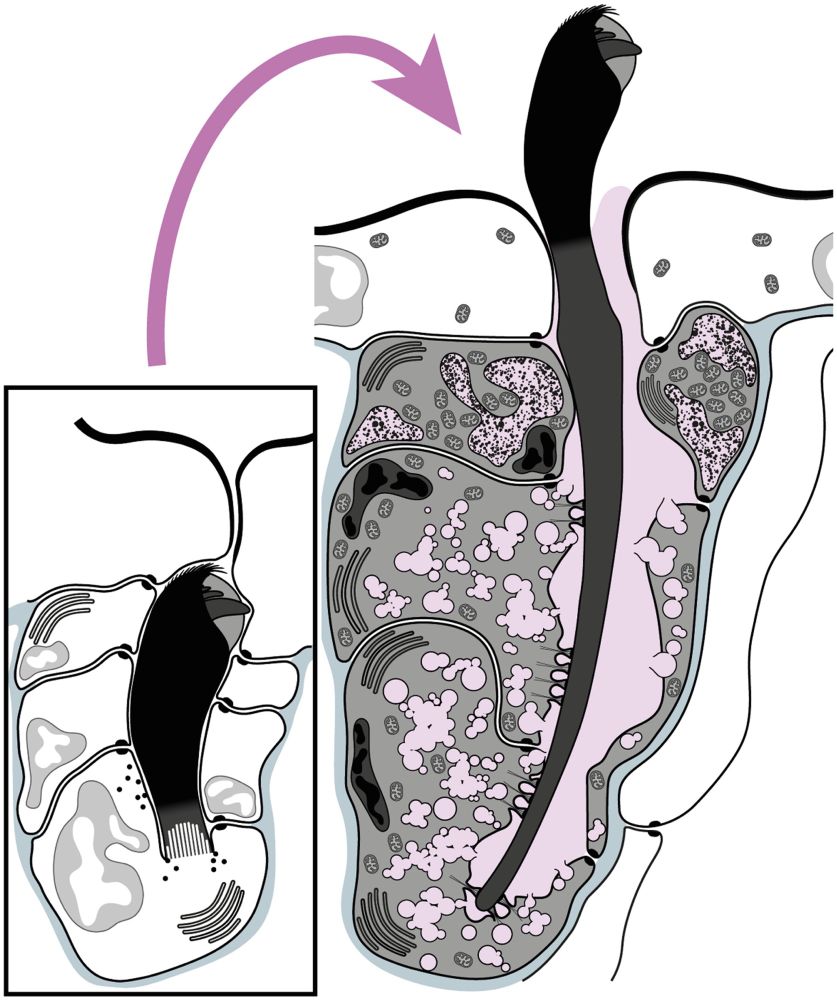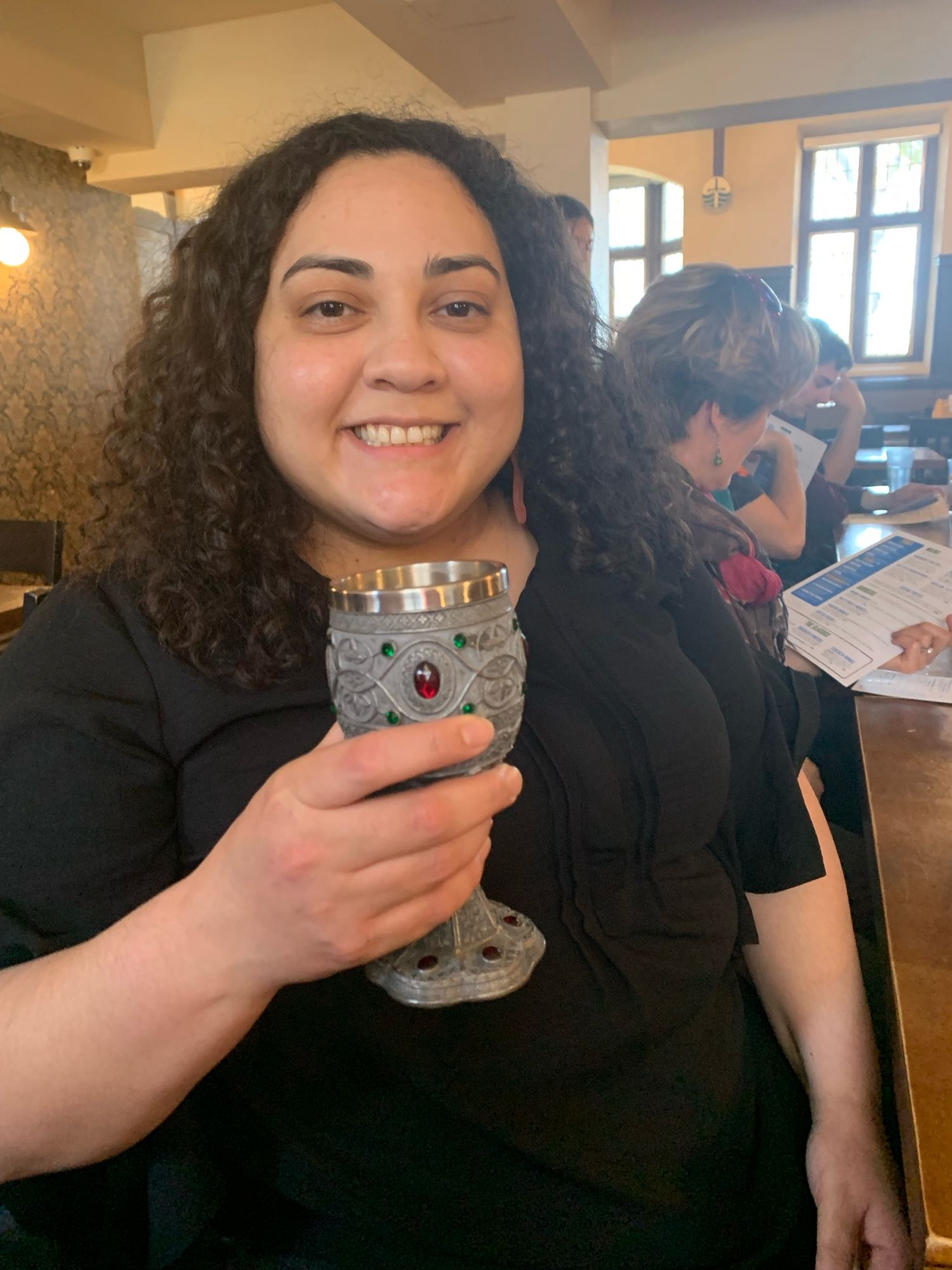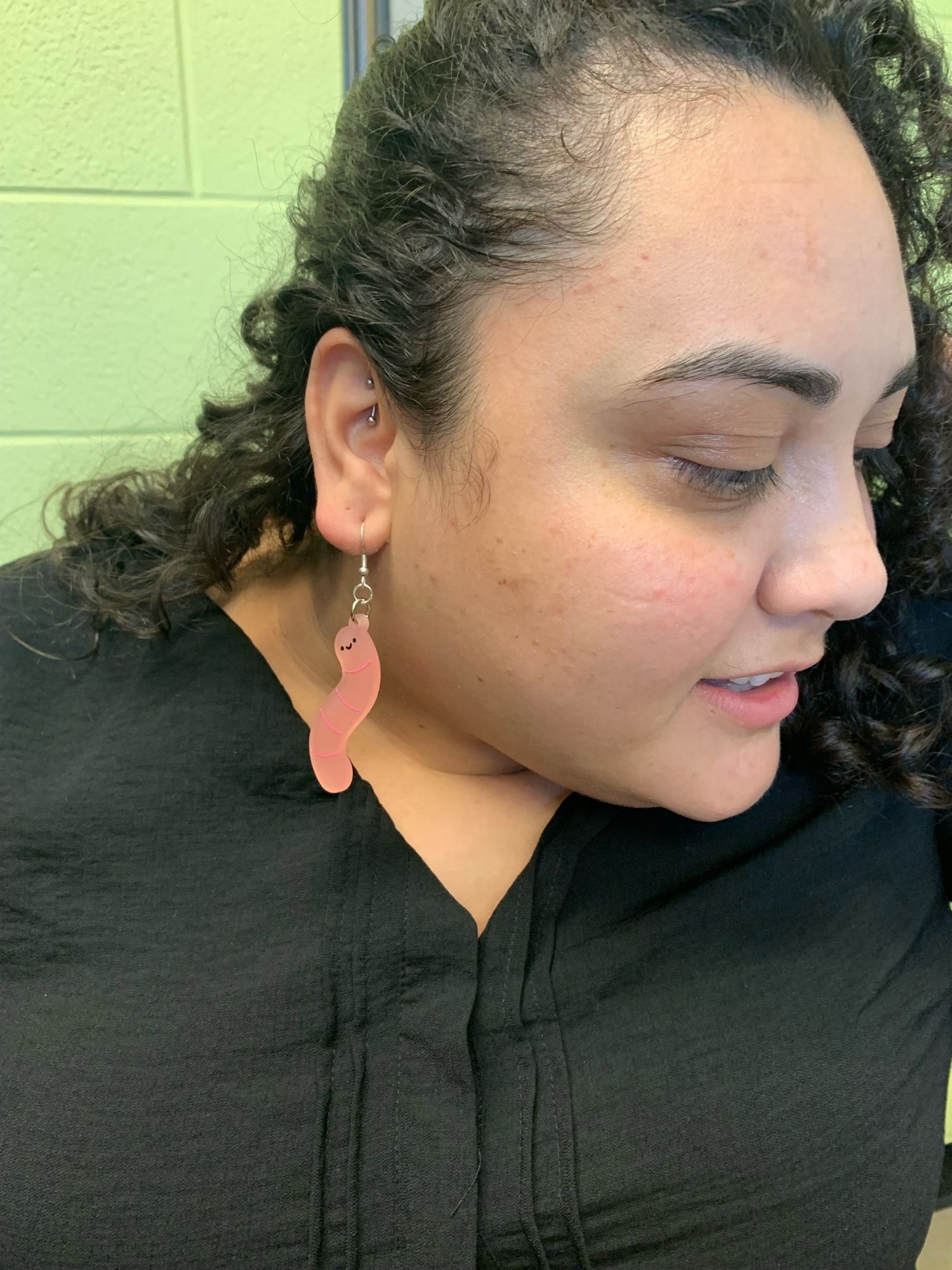*pounding the table* POLYCHAETES! POLYCHAETES! POLYCHAETES!
Get some sand from underwater a shallow part of a beach (~a bucket full) and run it through a fine sieve. What you're left with is an amazing mix of crustaceans, polychaetes, all sorts of exciting invertebrates!
Chesapeake bay benthic monitoring season has started! Here’s a few highlights from our first trip on the slover(: #benthicMonitoring#LGBTQinSTEM#FieldWork#Polychaetes#TeamInvert




Capitella is one of the best-studied polychaetes, and polychaete chaetae are among the most extensively researched features of all annelids. Yet, we discovered an elusive, transient gland associated with Capitella chaetae. If you’re curious, here’s the link: t.co/mEciM6b348

The Journal of Morphology publishes research in cytology, protozoology, embryology, and general animal morphology in vertebrates and invertebrates.
To dager igjen av #InverteFest, og jeg finner dagens eksemplarer i nevøens sandkasse med den fineste kviteste skjellgrus. All grusen her var del av noe levende en gang! Det meste er rester av kalkalger, ellers er det allslags skjell og andre kalkdannende organismer. (Alt text in English.)

The defence was amazing A record crowd & a slew of people online A long line of people in matching shirts, with Andrea’s face on it, unveiled A candidate that killed it. “I have a slide for that” when I asked a more esoteric question Dr Murillo Ramos even had worm earrings for her polychaetes


New paper on the wonderful googly eyes of alciopid worms out now in CurrentBiology! We found that alongside vertebrates, arthropods, and cephalopods, this group of polychaetes is capable of high-resolution vision - but mysteries remain...🪱 👀 🧪 www.sciencedirect.com/science/arti...

Turns out hydrozoans and polychaetes have lots more CS than expected - and those fish show a deficit.
